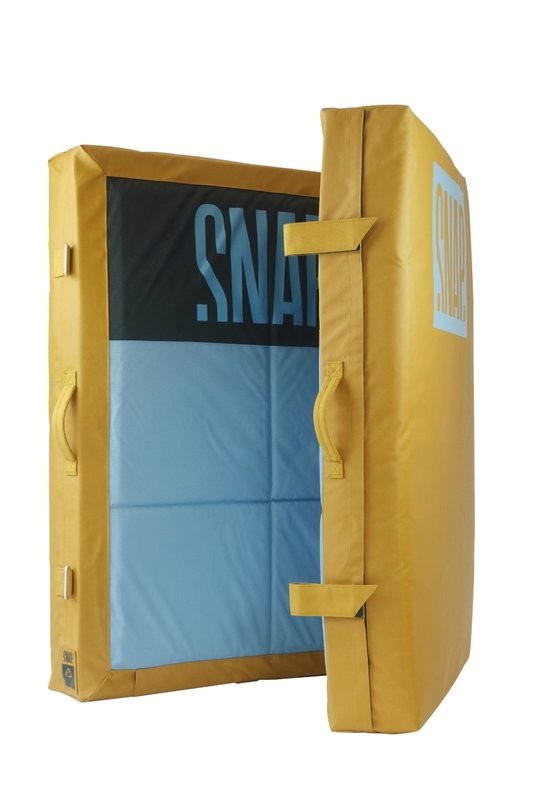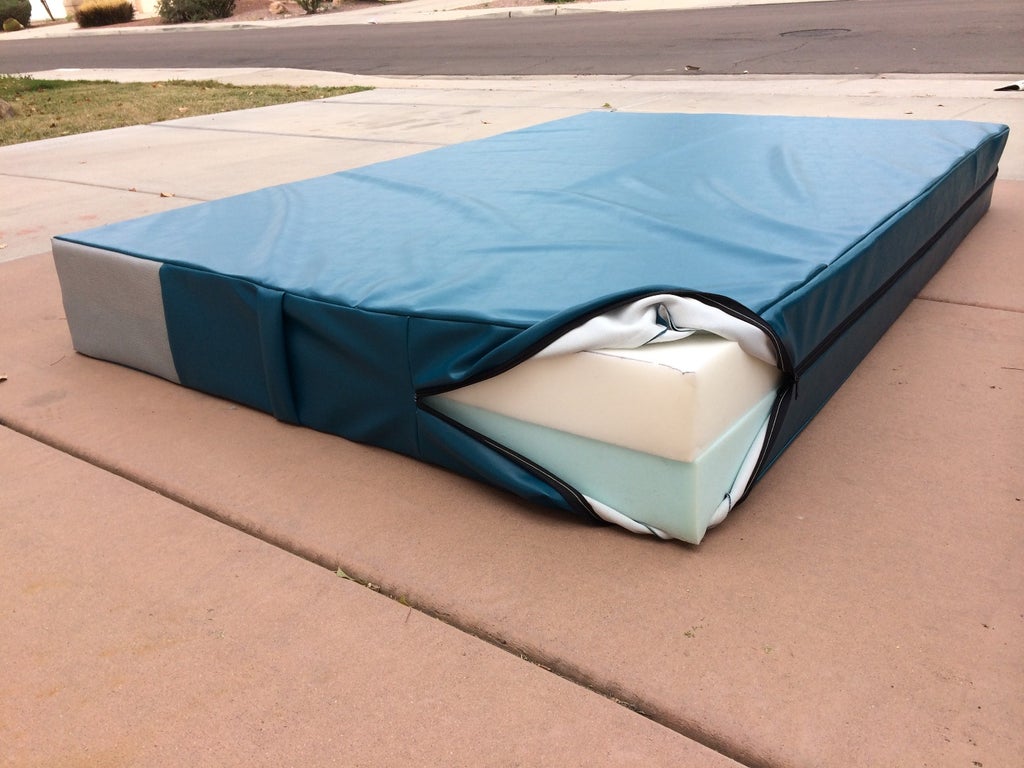New products
home
Arc'teryx -...skin-care
Rhino - Mickeys...locking-carabiners
Petzl - Attache...mens-harnesses
Petzl - Corax...mens-harnesses
Petzl - Corax...Active filters
crashpads
Snap - Plaster - Dark Khaki - Crash Padcrashpads
Snap - Plaster - Black - Crash Padcrashpads
Moon Climbing - Pluto - Blackberry - Crashpadcrashpads
Snap - Grand Wham - Dark Night - Crash Padbouldering-accessories
Ocun - Sitpad - Dark Blue - Crashpadcrashpads
Snap - Hop - Dark Khaki - Crash Padcrashpads
Snap - Hip - Slate Blue - Crash Pad
Crashpads
What to keep in mind when buying a crashpad?
Bouldering consists of climbing through short yet very intense and difficult passages up to 10m high, although an average boulder is probably 4-5m high. The athlete has no harness or rope to keep him/her safe should the hand slip off the hold. To ensure safe landing on the ground, crashpads are needed. Climbers place them directly under the boulder problem and on spots they think they might land on depending on the swing, angle of rock and obstacles in the terrain. So, crashpads are the main tool to keep the risk of injury as low as possible when bouldering which is why there is such a big range of products available.

Crashpads are available in several designs and sizes, some are foldable for example, others rollable each having their advantage and disadvantage but generally facilitate transport from one bouldering sport to the next. This brings us to the next feature, the backpack-straps. Almost every crashpad comes equipped with them, for others you might need to look into purchasing them separately. They are essential because depending on where you are bouldering, the different rocks can be quiet far apart from each other, and to minimize the back load these straps are a huge energy saver. Furthermore, the degree of hardness between pads can vary, softer is generally better for boulders up to 4m high and the harder ones provide a better shock distribution when falling on them from a more significant height.
 |
 |
 |
Generally all pads are manufactured in a similar way and consist of two or three layers of foam, sometimes wrapped in plastic to make it waterproof. The top layer is typically a bit harder to prevent the athlete from twisting his ankle upon impact. The lower layers are a bit softer to cushion the fall as much as possible.

The choices are endless and difficult today so contact our Customer Service or send us a mail to help you choose the right product for your needs.
Shop online.........more time to climb.
Casper's Supports Your Summit



























